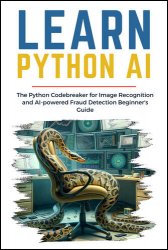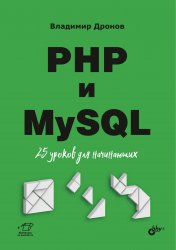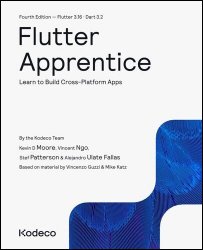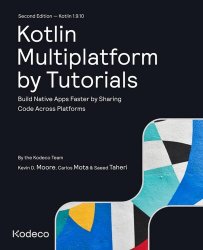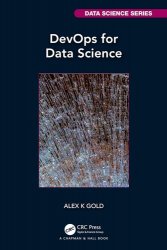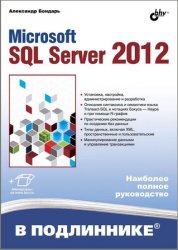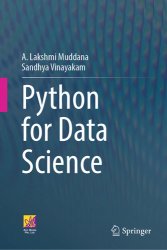 Название
Название: Python for Data Science
Автор: A. Lakshmi Muddana, Sandhya Vinayakam
Издательство: Springer/Ane Books Pvt. Ltd.
Год: 2024
Страниц: 398
Язык: английский
Формат: pdf (true), epub (true)
Размер: 18.7 MB
The book is designed to serve as a textbook for courses offered to undergraduate and graduate students enrolled in Data Science. This book aims to help the readers understand the basic and advanced concepts for developing simple programs and the fundamentals required for building Machine Learning models. The book covers basic concepts like data types, operators, and statements that enable the reader to solve simple problems. As functions are the core of any programming, a detailed illustration of defining & invoking functions and recursive functions is covered. Built-in data structures of Python, such as strings, lists, tuples, sets, and dictionary structures, are discussed in detail with examples and exercise problems. Files are an integrated part of programming when dealing with large data. File handling operations are illustrated with examples and a case study at the end of the chapter. Widely used Python packages for Data Science, such as Pandas, Data Visualization libraries, and regular expressions, are discussed with examples and case studies at the end of the chapters. The book also contains a chapter on SQLite3, a small relational database management system of Python, to understand how to create and manage databases. As AI applications are becoming popular for developing intelligent solutions to various problems, the book includes chapters on Machine Learning and Deep Learning. They cover the basic concepts, example applications, and case studies using popular frameworks such as SKLearn and Keras on public datasets.
 Название: Программирование на VBA в Excel 2019: Самоучитель
Название: Программирование на VBA в Excel 2019: Самоучитель
